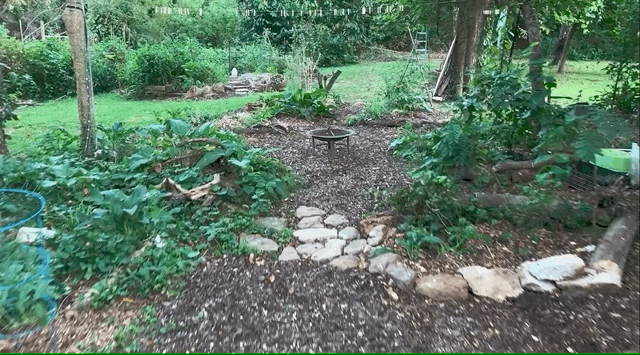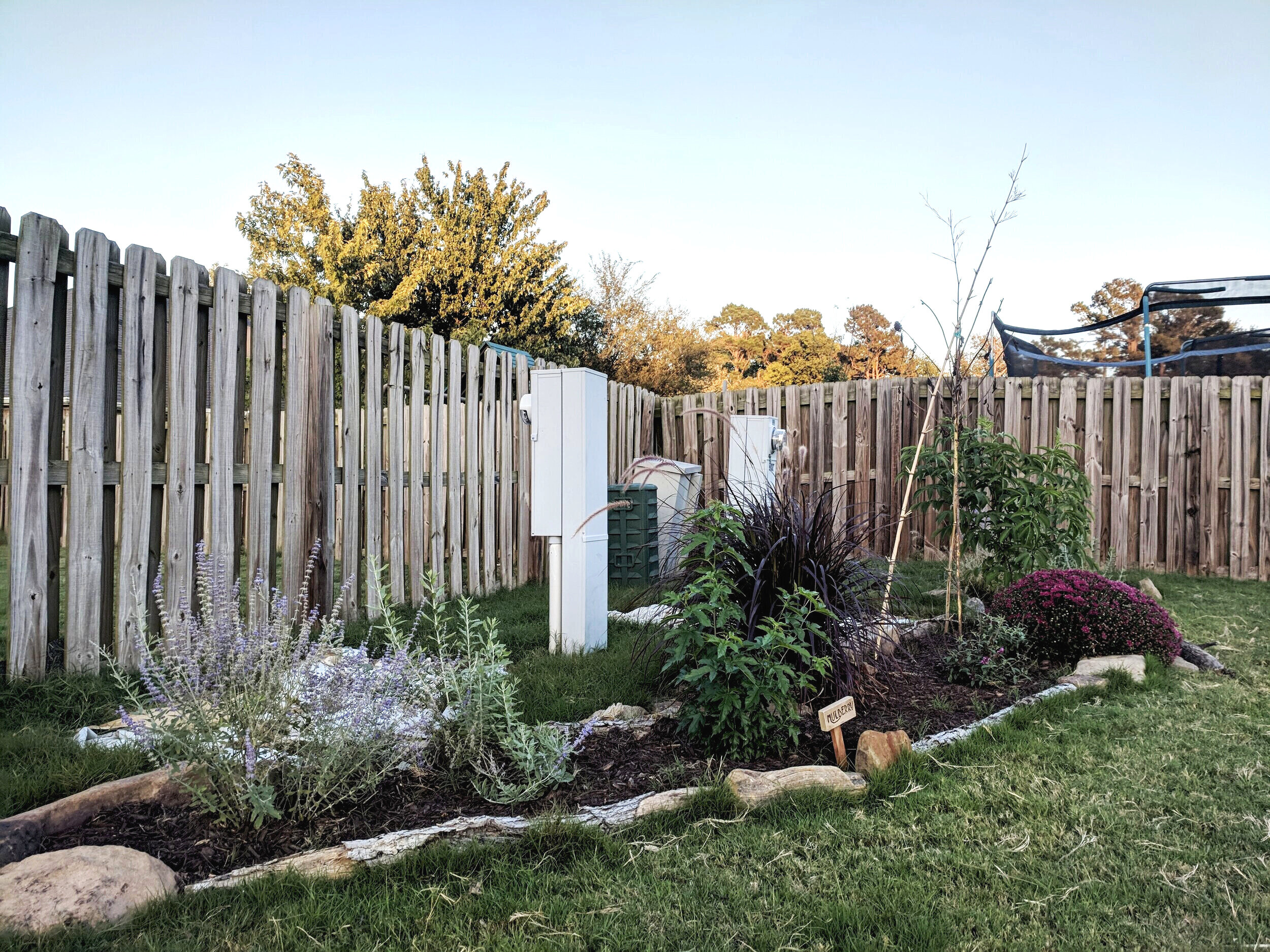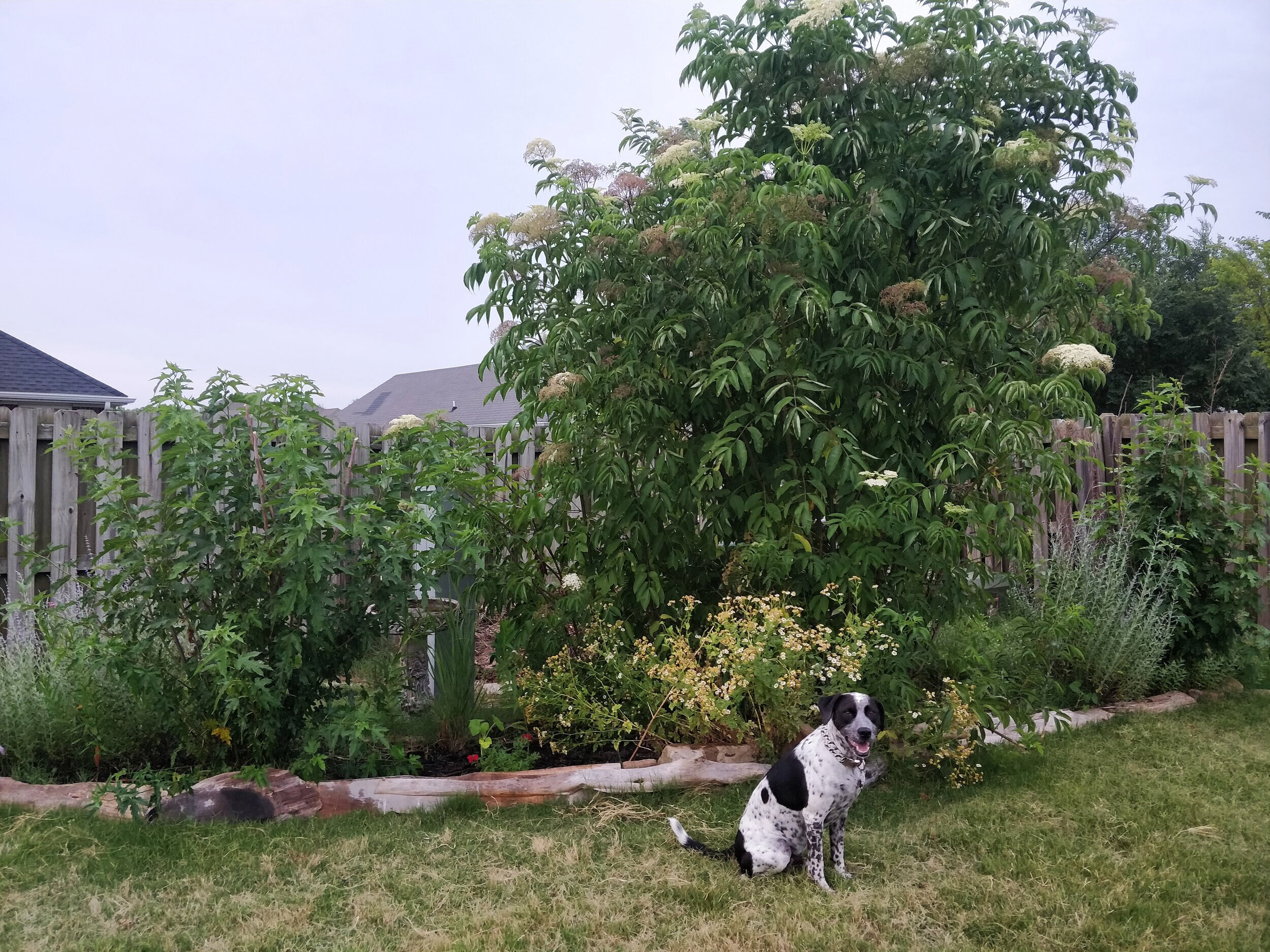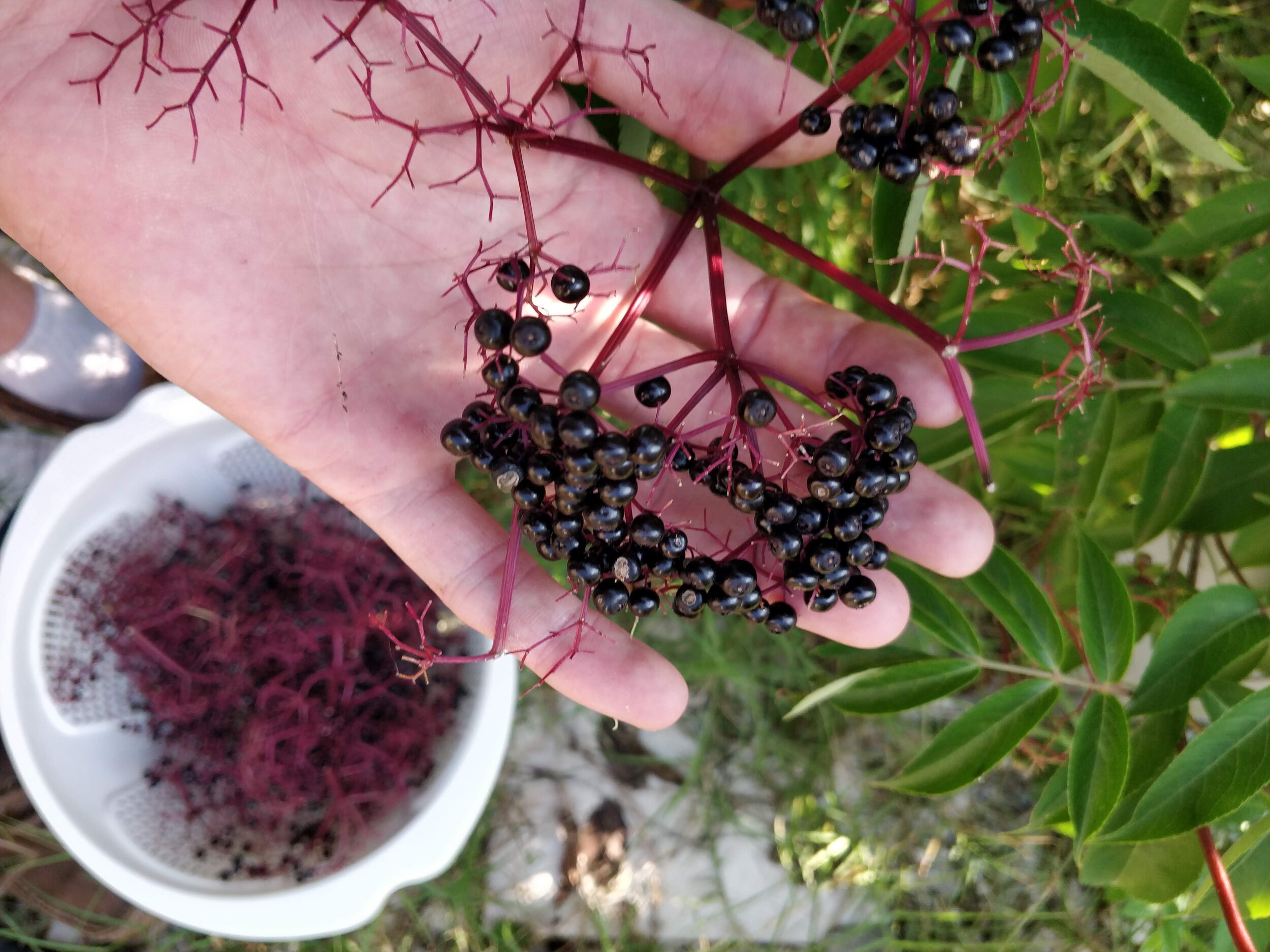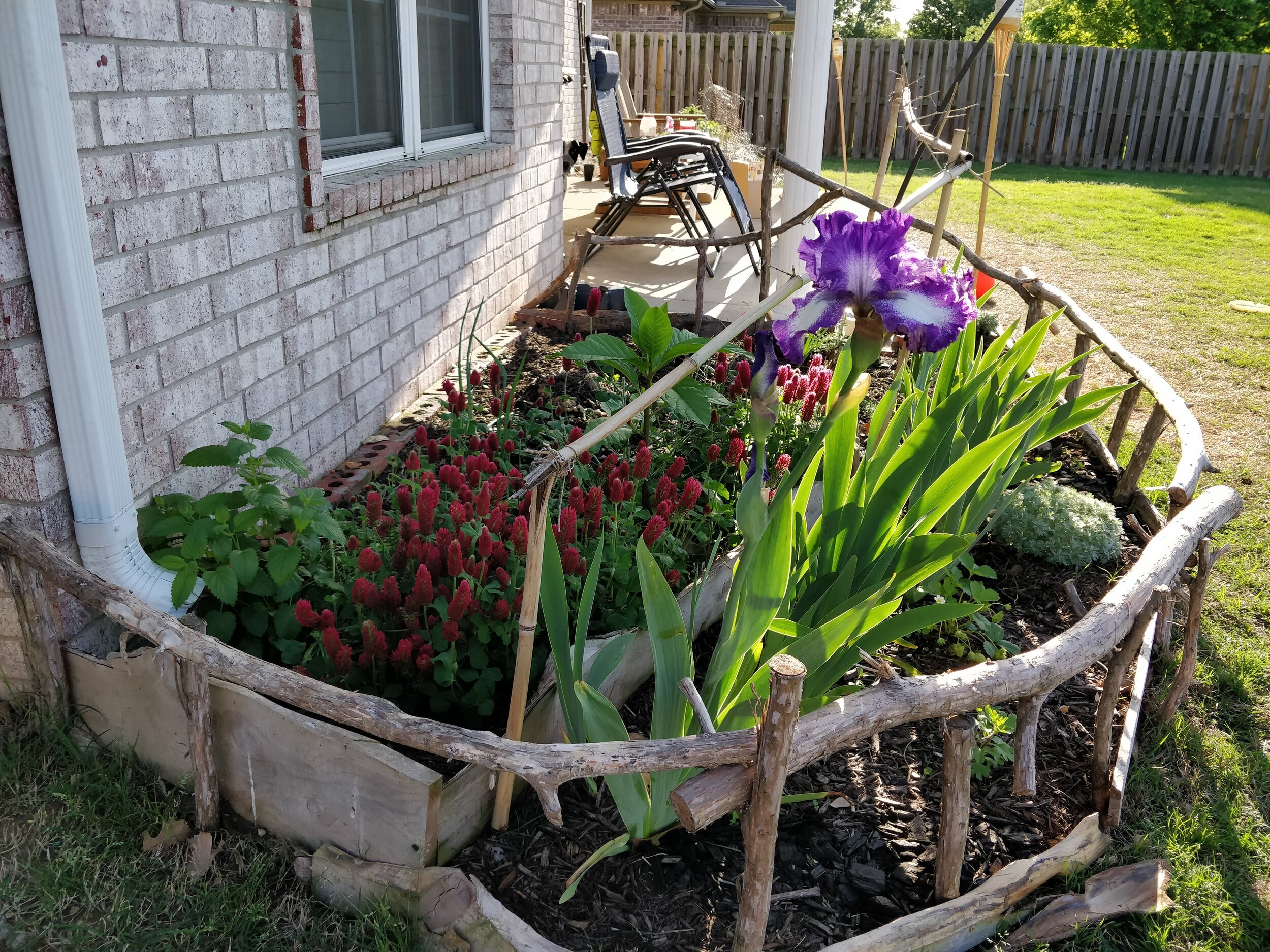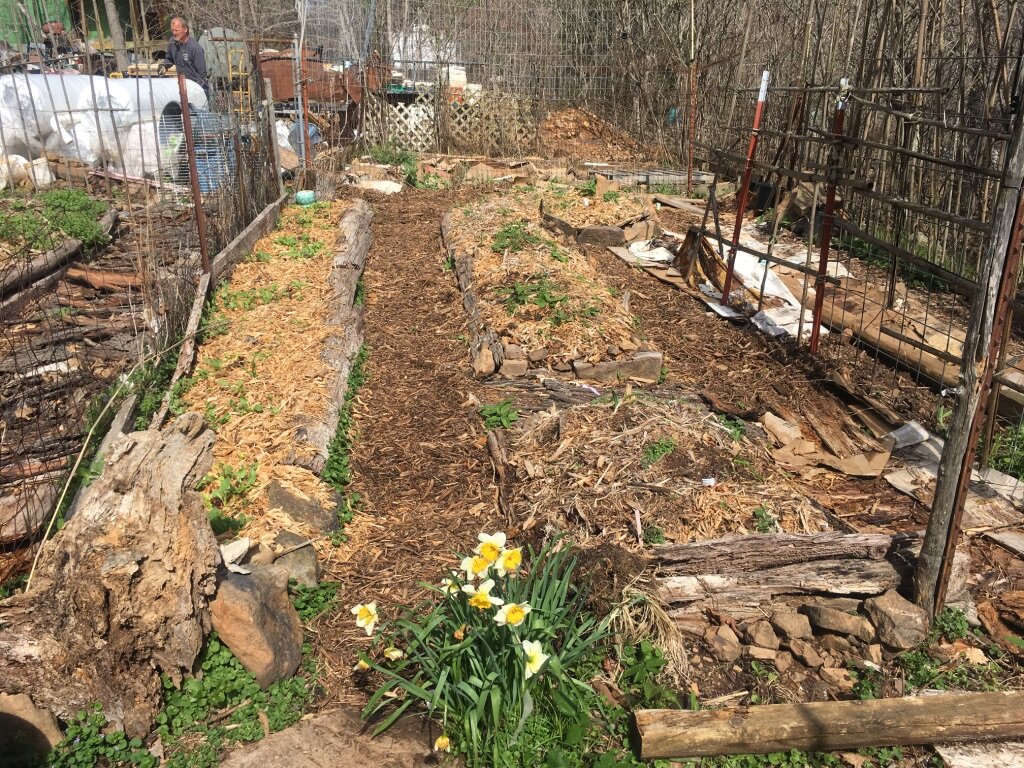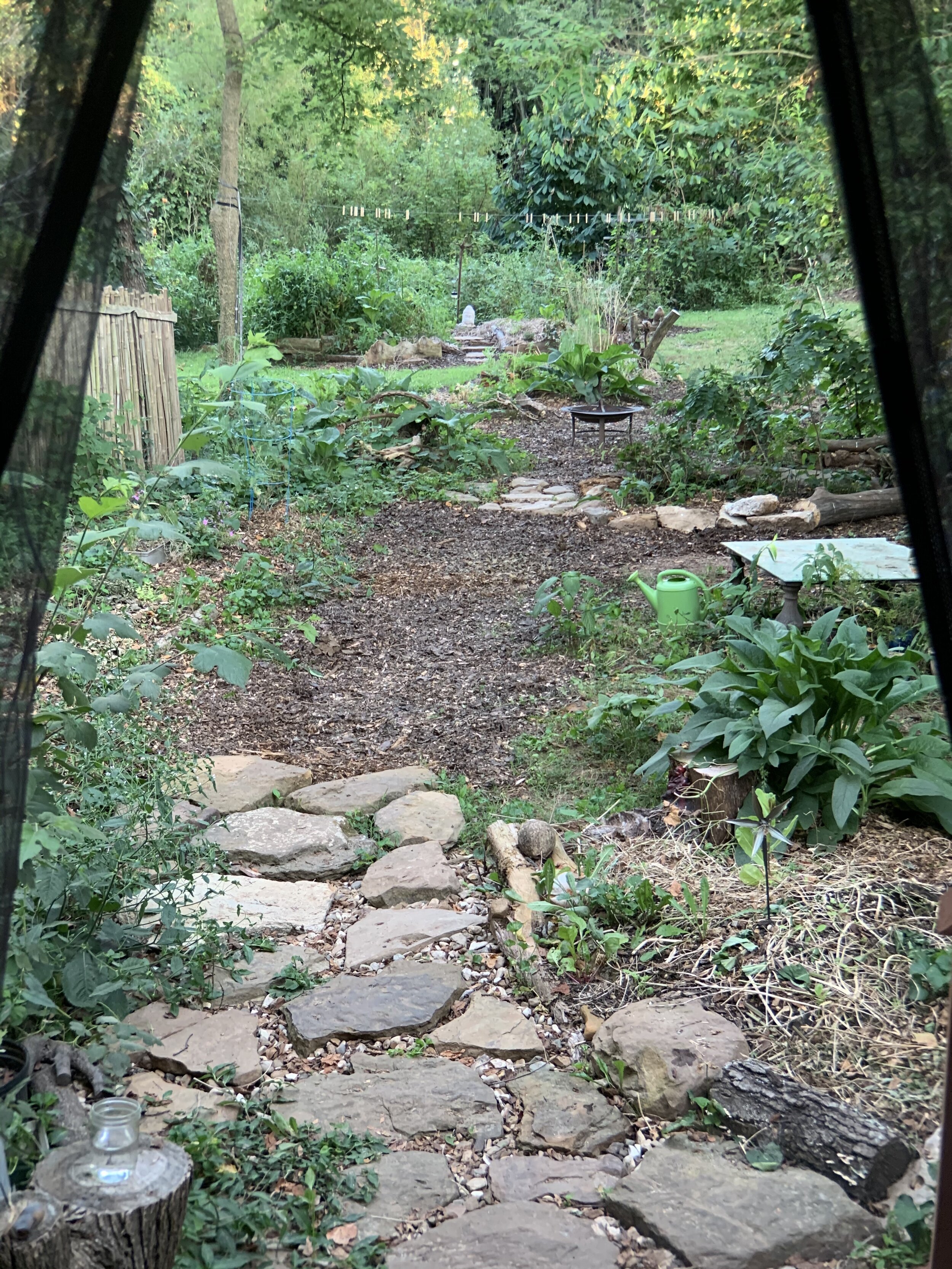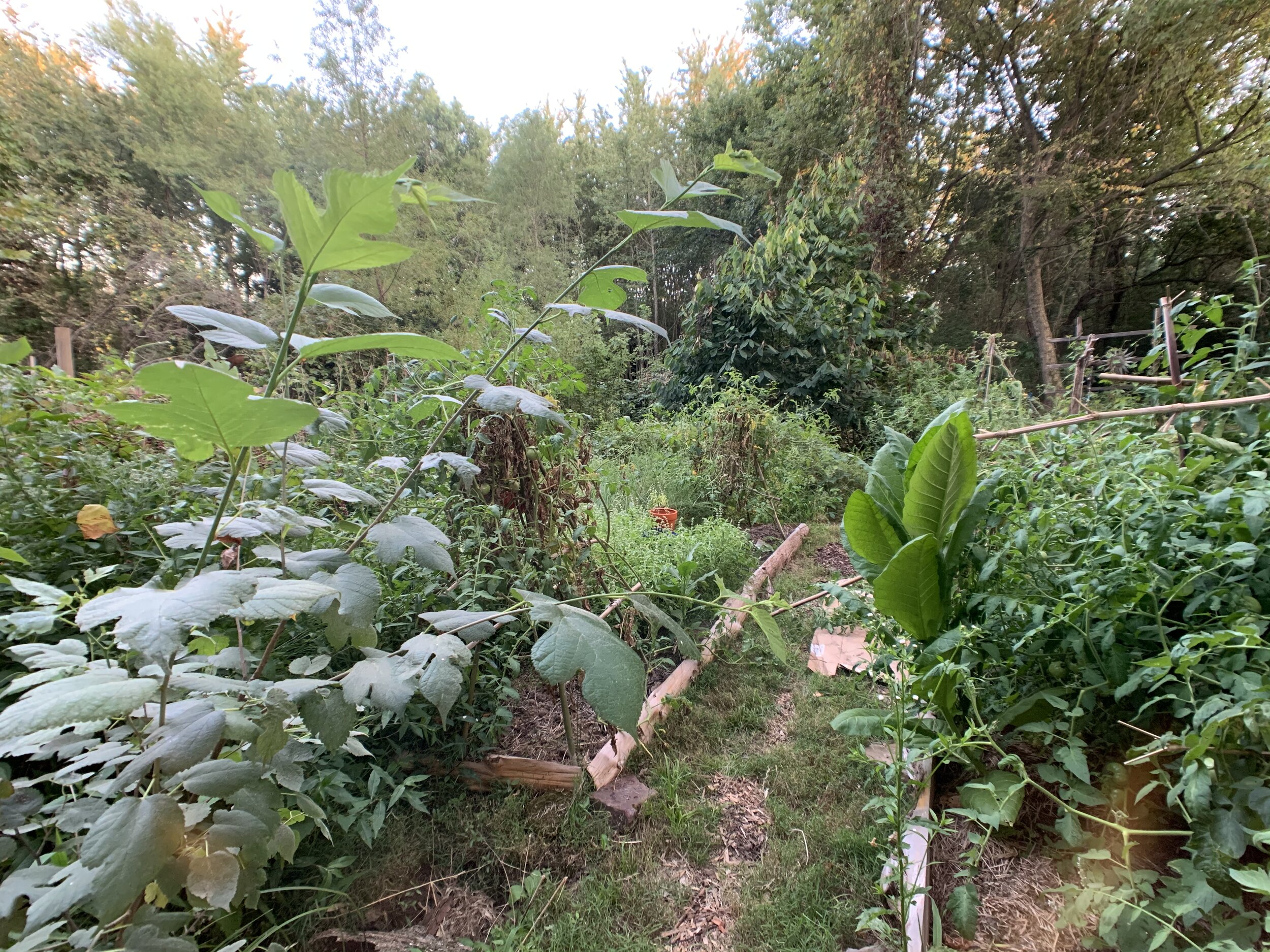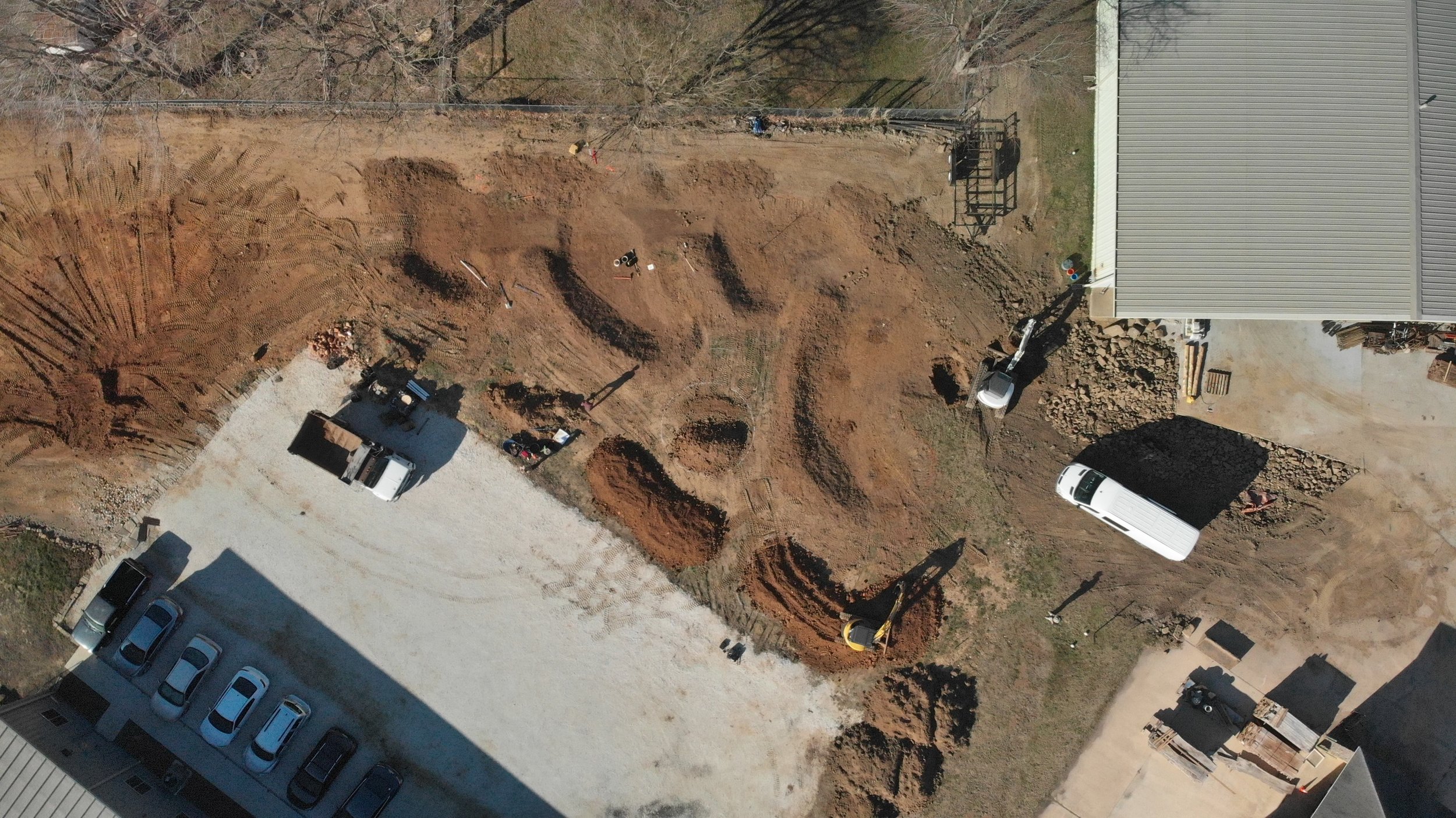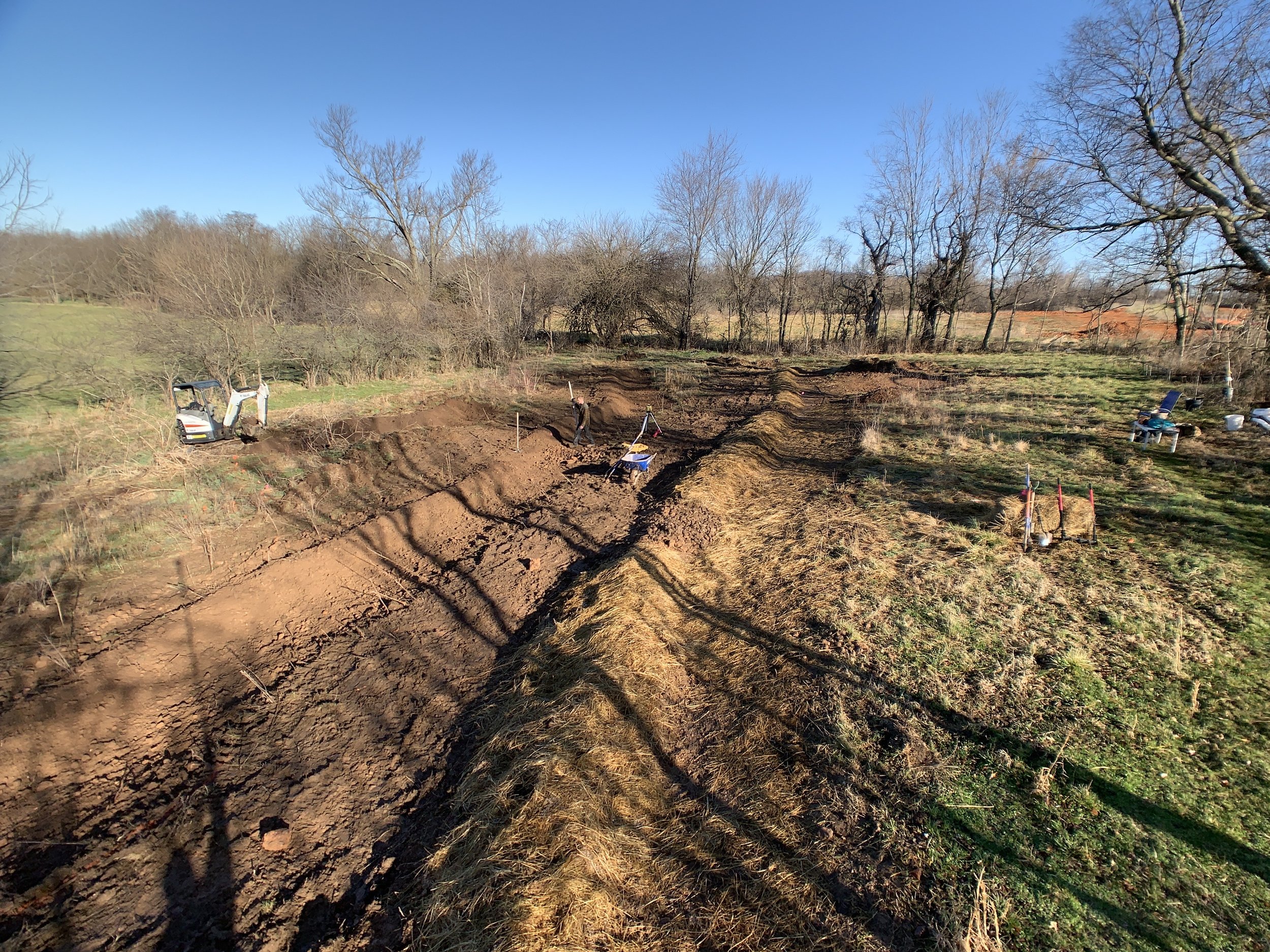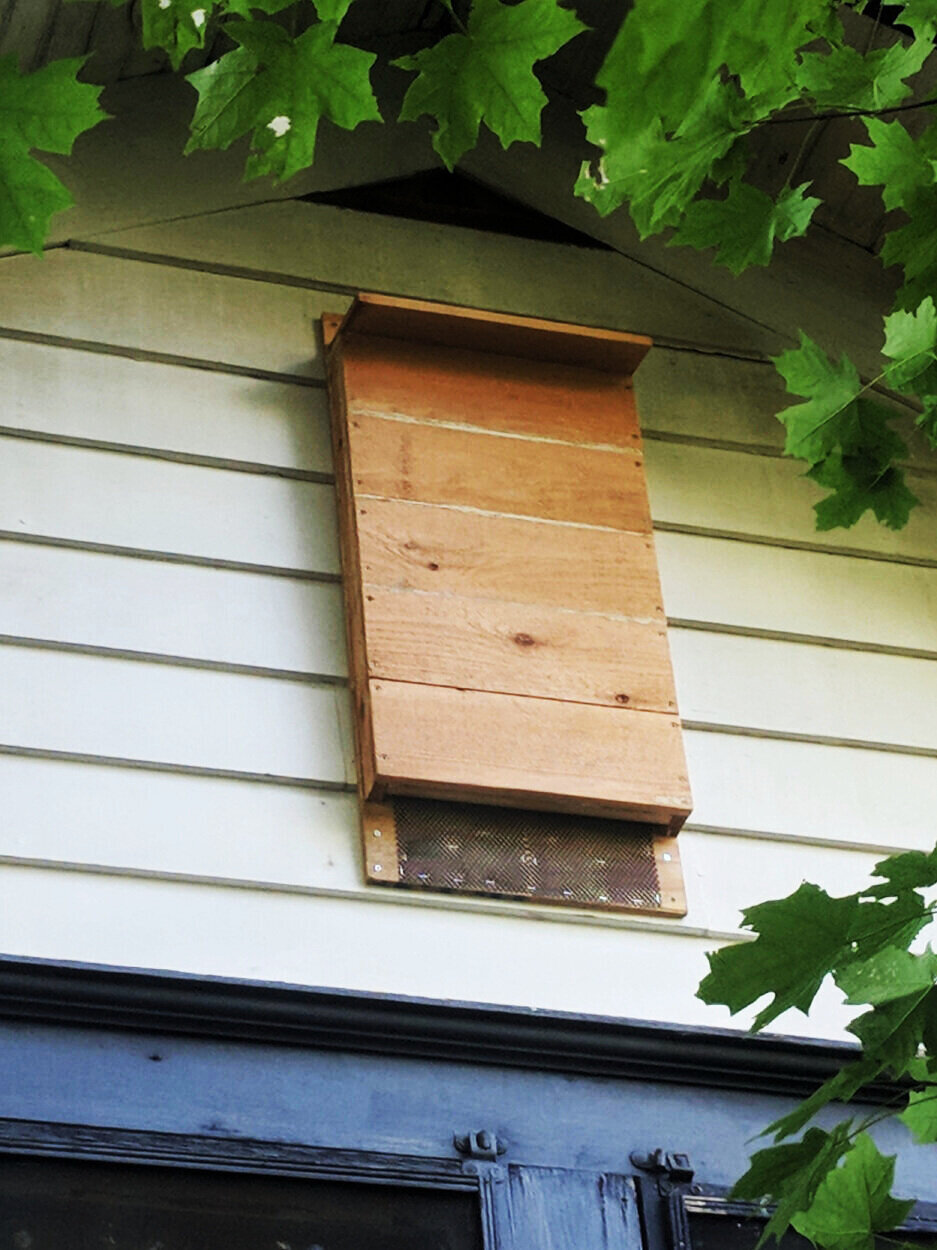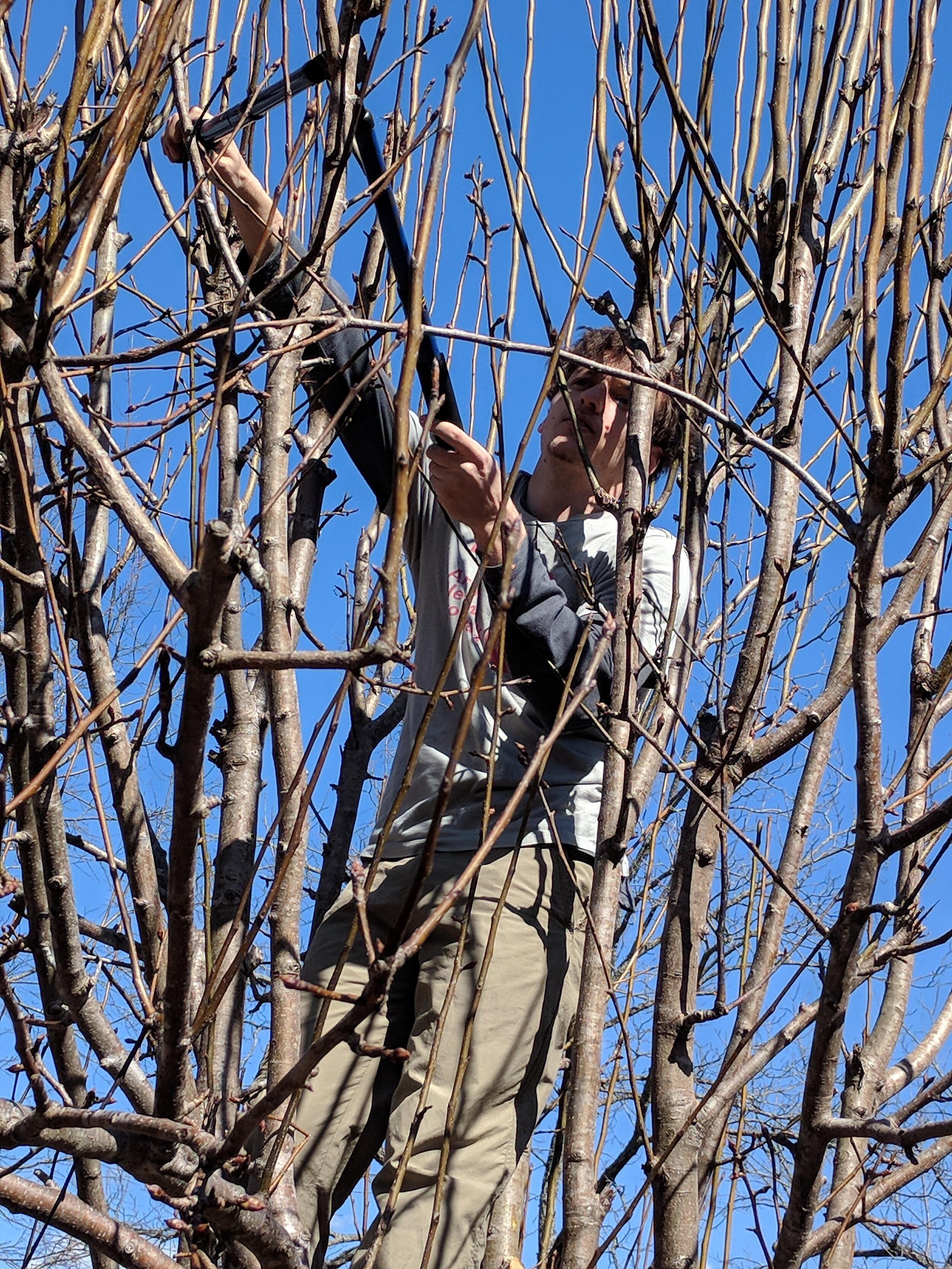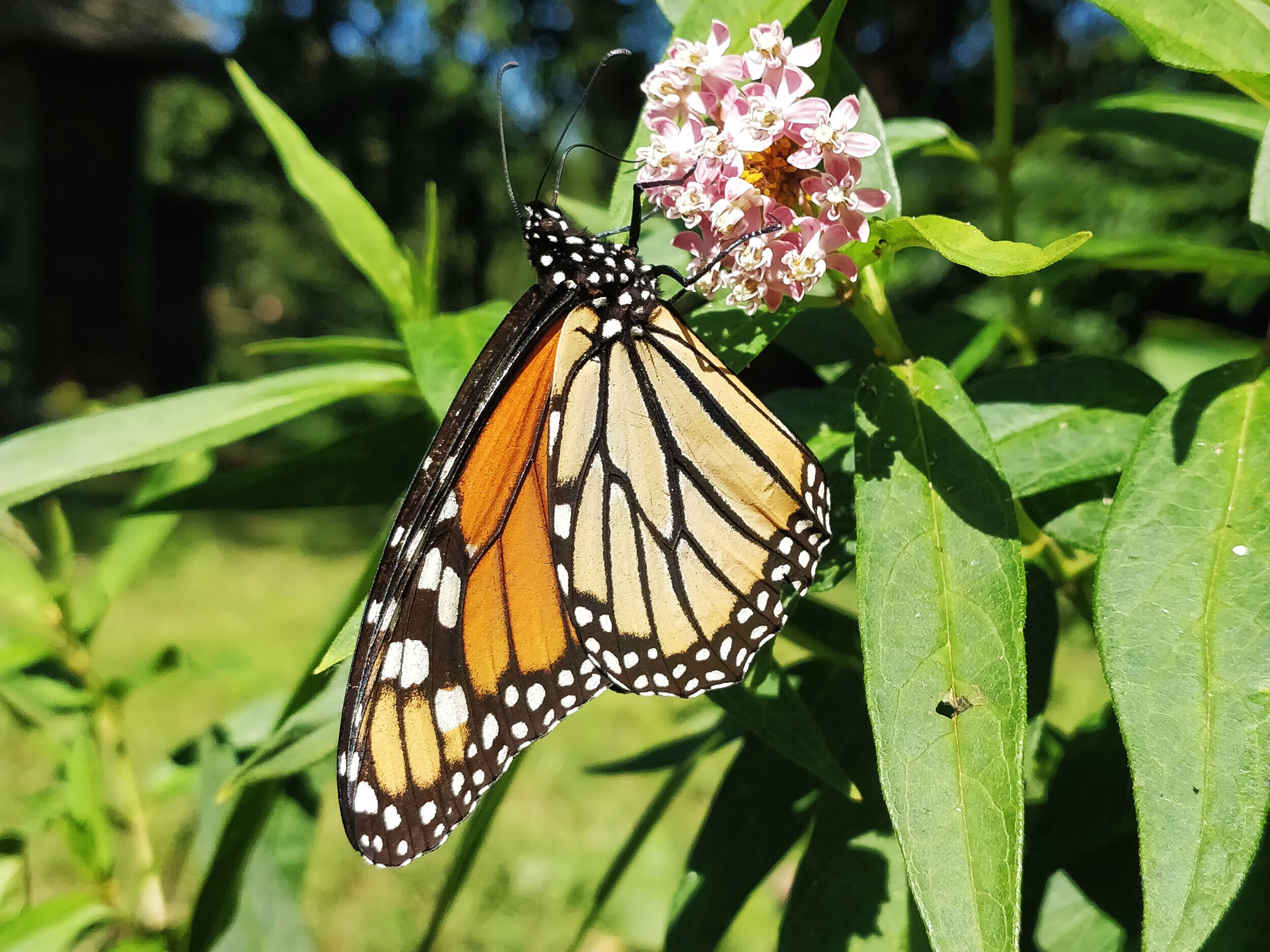Services
Biodesic Strategies offers permaculture design and consulting services for projects involving regenerative agriculture, perennial production systems, food forestry, water retention landscapes and nutrient cycling. We work with residents, homesteaders, farms, businesses, events, and communities to create integrated holistic systems for sustainable living. Contact us for a site assessment, land evaluation, ecological and resource assessment, property design, project consultation, and implementation strategy.
We design systems that work with nature to raise the carrying capacity of the land while improving your ecological impact
We often use GIS analysis and modeling to help understand the landscape and inform a resilient design. GIS helps us understand how the sun, wind, and weather interact with the landscape.
GIS Renderings
Edible landscaping
“MESSY ECOSYSTEMS, ORDERLY FRAMES”
For many home, land, and business owners, aesthetics and curb appeal are a top priority for their landscape design. Combining polycultures of edible and medicinal perennial and self-seeding plants with infrastructure such as trellises, arbors, raised beds, and pathways, decreases maintenance by mimicking successful natural ecosystems while suggesting the careful order of a designed landscape.
homestead resilience
Create an infrastructure of self-sufficiency by collecting and managing your own resources and energy, sustainably growing your own food, and creating valuable ecosystem services on site with our homesteading strategies.
Using natural and repurposed materials to give shape, structure, and visual appeal to a garden or landscape helps maintain affordability, while utilizing these elements’ innate benefits in a system. Logs and stones feed soil life, retain and harvest moisture and heat, and with an eye for design can create beautiful landscapes in harmony with the ecosystem in both look and purpose.
food forestry
Edible forest gardens are an alternative way to grow food with many other beneficial services and functions. They provide shade, wildlife habitat, utility for residents, sequester carbon, stabilize soil, and are a beauty to behold. Using a mix of edible native plants and ideal domesticated culinary perennials, we create resilient, Ozark-specific, food-bearing ecosystems.
earthworks
Earthworks are landscape features designed manage water and nutrient resources. Swales, terraces, ponds, raised beds, and paddies reduce runoff and erosion, and recharge groundwater by slowing, spreading, and sinking water into the landscape. Water can be gravity fed to drier areas or stored on site for use during the dry season.
specialty
Our other products and services include wildlife habitat structures like bat boxes and bee hotels, fruit tree pruning services to keep your trees happy and healthy, and projects focused on wildlife and pollinator habitat, pollution remediation, and soil revitalization.

